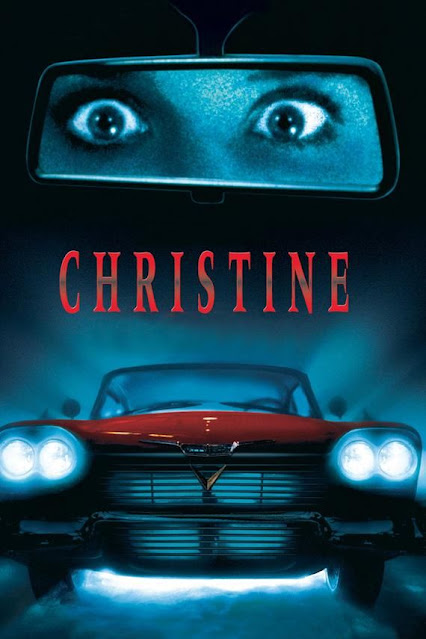In the future, a group of political prisoners (led by Steve Railsback and Olivia Hussey) find themselves jailed at a concentration camp deep in the jungle.
Their only option for escape is to take part in a sadistic game where they will be hunted by the cold-blooded warden (Michael Craig) and his friends.
Turkeyshoot was the first Ozploitation movie I ever saw - I picked up the DVD after watching Not Quite Hollywood.
I haven’t watched it in years.
Weirdly, the movie remains as watchable as it did the first time I watched it.
I watched it right after Death Race 2000 and I have to say, I think Turkeyshoot is a more entertaining watch.
The violence is over-the-top (and the special effects are a little hokey) but it is gruelling enough that it remains ever-so-slightly disturbing.
While Carmen Duncan is iconic as the over-sexed blue blood Jennifer, on this rewatch Michael Petrovitch stood out as Tito, who comes fully armed with machine guns, bazookas and a wolf man (Steve Rackman). Petrovitch's preening, childish glee is hilariously out of place, and his final orgasmic grin as he takes a machete to the noggin sums up the movie.
The villains are campy but I still found them somewhat creepy. Part of it has to come down to how the actors throw away their lines, in the face of any and all depravity. Michael Craig is a deadpan delight as the straight man to his guests' bloodlust.
There is a certain dark humour to the violence, but that has to do with the movie's sense of pace.
Apparently the film experienced major production problems - a big budget cut - which feed into the movie’s momentum.
There is no-frills approach to the storytelling which gives the movie its energy. It also means the movie runs out before it gets too dour or boring.






